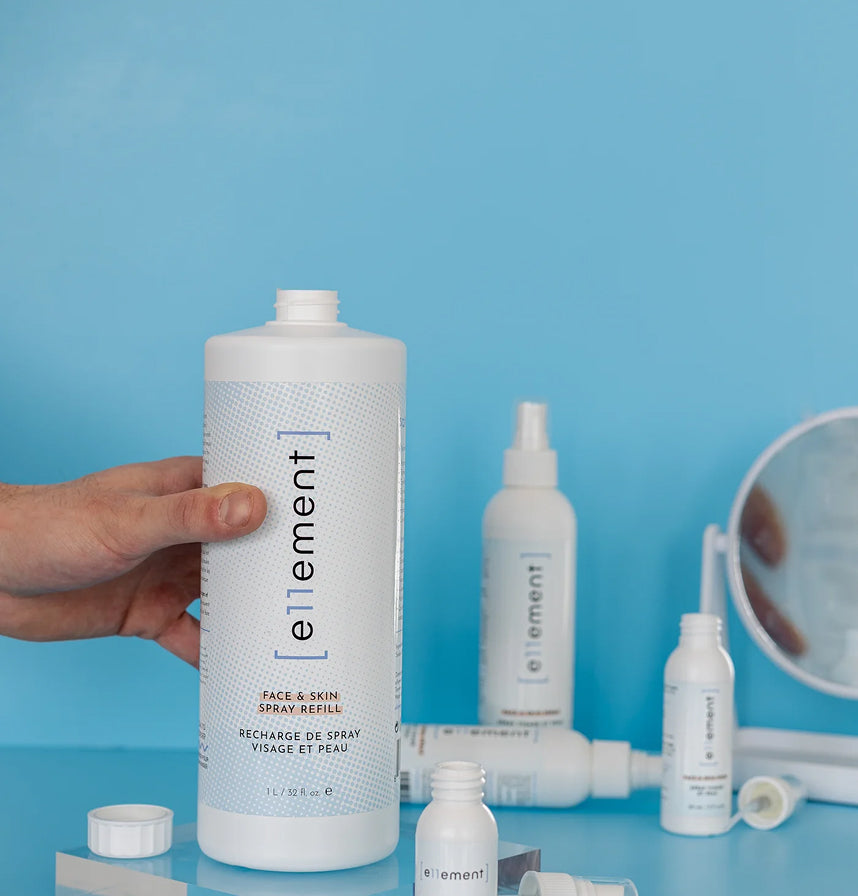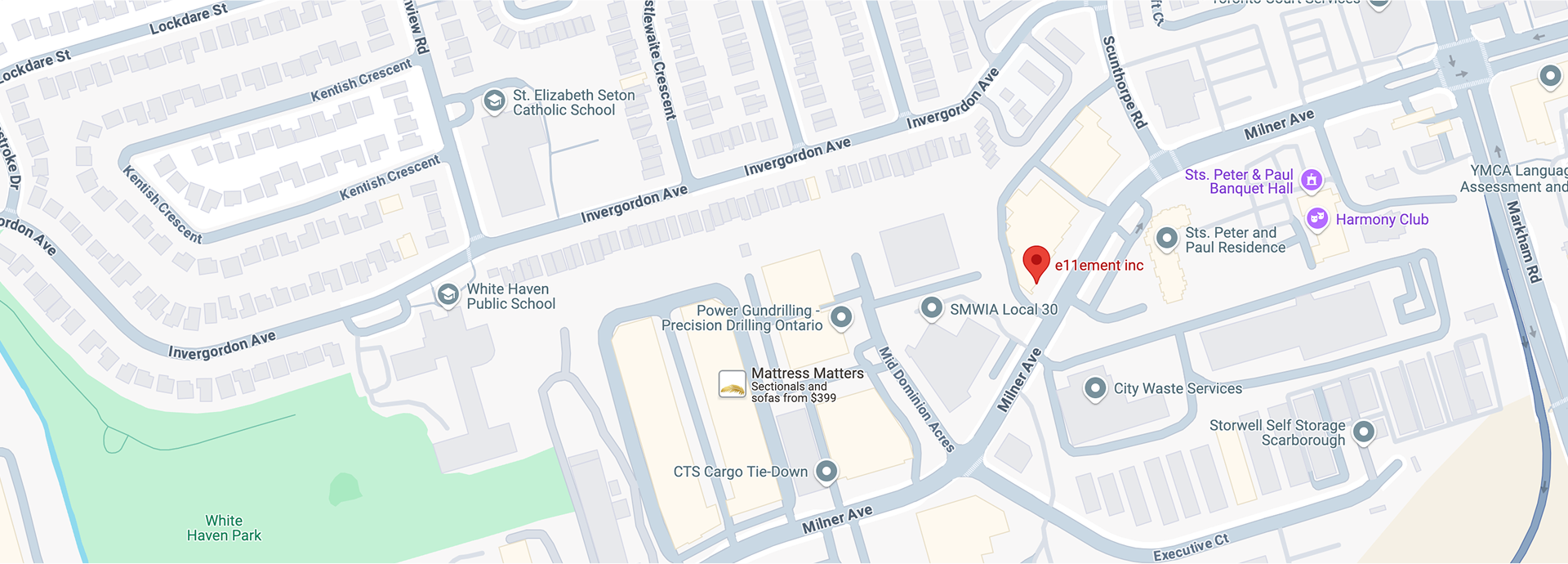Skincare has evolved into a science, offering a range of products with active ingredients designed to target specific concerns. Two such ingredients, hypochlorous acid and retinol, have gained significant attention. However, a common question arises: Can you use hypochlorous acid with retinol? This article delves into their individual properties, benefits, and compatibility.
What is Hypochlorous Acid?
Hypochlorous acid is a naturally occurring substance produced by white blood cells as part of the body’s immune response. Its primary functions include:
-
Acting as a powerful antimicrobial agent.
-
Reducing inflammation and soothing the skin.
-
Accelerating wound healing.
In skincare, hypochlorous acid is valued for its ability to gently cleanse the skin, reduce redness, and calm irritation without disrupting the skin’s natural barrier. Its versatility makes it suitable for all skin types, including sensitive skin.

Understanding Retinol
Retinol, a derivative of vitamin A, is a cornerstone in anti-aging and acne treatments. Dermatologists recommend retinol for its ability to:
-
Increase cell turnover, revealing smoother and more radiant skin.
-
Reduce the appearance of fine lines, wrinkles, and hyperpigmentation.
-
Regulate oil production, making it effective for acne-prone skin.
However, retinol can also be potent, leading to potential dryness, redness, and irritation, especially during the initial stages of use.
Can You Use Hypochlorous Acid with Retinol?
The short answer is yes, you can use hypochlorous acid with retinol. These ingredients can complement each other in a skincare routine when used correctly. Let’s explore why:
-
Non-Interference of Actions
Hypochlorous acid is not an exfoliant or an active ingredient that alters skin cell turnover. Instead, it works as a gentle anti-inflammatory and antimicrobial agent. Retinol, on the other hand, focuses on accelerating cell renewal. Since their mechanisms differ, there’s minimal risk of interaction or irritation. -
Soothing Benefits of Hypochlorous Acid
Retinol can sometimes cause redness and dryness, particularly when first introduced. Hypochlorous acid helps mitigate these effects by soothing the skin and reducing inflammation. -
Enhanced Skin Barrier Support
While retinol may weaken the skin barrier initially, hypochlorous acid aids in maintaining its integrity by promoting healing and reducing microbial growth.
How to Incorporate Hypochlorous Acid and Retinol in Your Routine
For optimal results, follow these steps to integrate both ingredients safely:
1. Start Slowly
If you’re new to retinol, begin with a low concentration (e.g., 0.25%) and use it 2–3 times a week. Introduce hypochlorous acid as a mist or toner to prep your skin before applying retinol.
2. Use Hypochlorous Acid First
Hypochlorous acid can be applied after cleansing to calm the skin and create a balanced environment for retinol. Its lightweight, water-based formula absorbs quickly, making it an ideal first step.
3. Moisturize Generously
Follow with a moisturizer to lock in hydration and minimize potential irritation from retinol. Hypochlorous acid enhances the efficacy of moisturizers by reducing inflammation.
4. Don’t Forget Sunscreen
Both ingredients make your skin more sensitive to UV radiation. Apply a broad-spectrum sunscreen every morning to protect your skin.
Benefits of Combining Hypochlorous Acid with Retinol
1. Reduced Irritation
Hypochlorous acid helps soothe the irritation often associated with retinol use, allowing more consistent application.
2. Improved Skin Clarity
The antimicrobial properties of hypochlorous acid complement retinol’s ability to regulate oil production, reducing breakouts and promoting a clear complexion.
3. Balanced Skin Barrier
Retinol can disrupt the skin barrier initially, but hypochlorous acid supports barrier repair and hydration, ensuring healthier skin over time.
4. Enhanced Anti-Aging Effects
By addressing redness and inflammation, hypochlorous acid amplifies the visible results of retinol, such as smoother, more even-toned skin.
Potential Precautions When Using Hypochlorous Acid with Retinol
While these two ingredients work well together, consider the following precautions to avoid potential side effects:
-
Patch Test First
Always test new products on a small area of skin before full application. This step helps identify any allergic reactions or sensitivities. -
Avoid Overuse
Using high concentrations of retinol alongside hypochlorous acid too frequently may lead to over-exfoliation or irritation. Stick to recommended usage guidelines. -
Monitor Skin Reactions
Pay attention to how your skin responds. If you notice increased redness or dryness, adjust the frequency of retinol application and ensure adequate hydration.
Final Thoughts on Using Hypochlorous Acid with Retinol
Incorporating hypochlorous acid with retinol offers a balanced approach to skincare, addressing multiple concerns like aging, acne, and irritation. By following a thoughtful routine and understanding their compatibility, you can maximize the benefits of these powerhouse ingredients.
Whether you’re a skincare novice or enthusiast, understanding how to use these products together ensures a safer and more effective skincare journey.























